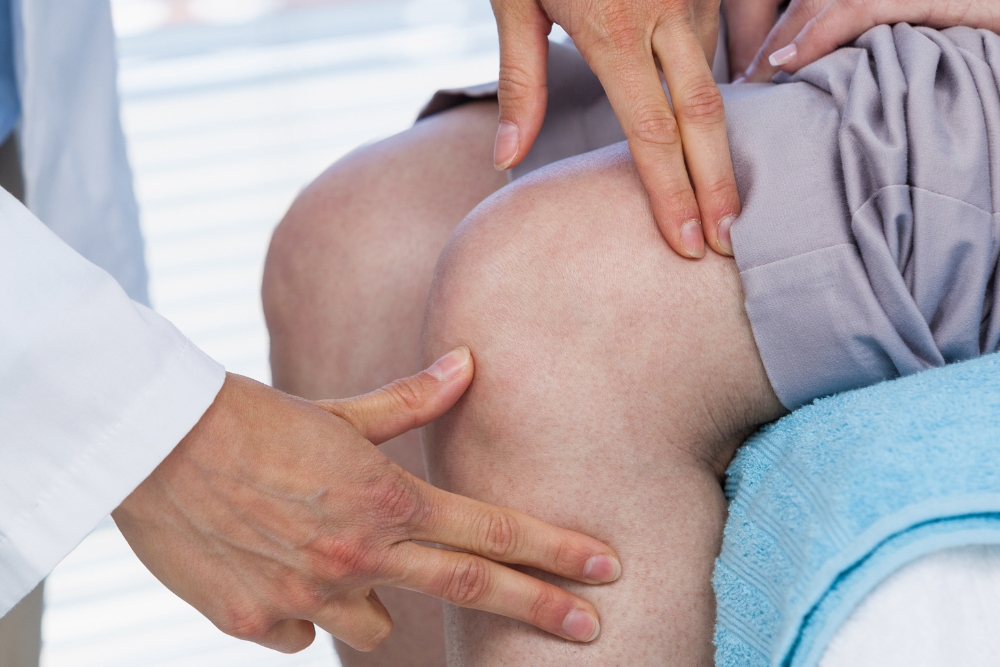Shoulder Pain Treatment Options for Older Adults
Shoulder pain is common among older adults and can arise from a range of causes, from degenerative arthritis to tendon tears. Understanding likely causes, practical treatment options, and when to seek specialized care helps people and caregivers make informed choices. This article outlines common diagnoses, conservative therapies, and surgical considerations, with attention to how arthritis and rotator cuff problems specifically affect the elderly.

What causes shoulder pain in the elderly?
In older adults, shoulder pain often reflects long-term wear, age-related tissue changes, or a specific injury. Common causes include osteoarthritis of the glenohumeral joint or acromioclavicular joint, degenerative rotator cuff tendinopathy or tears, bursitis, and fractures from falls. Systemic conditions such as rheumatoid arthritis or referred pain from the neck can also present as shoulder discomfort. Age-related decline in tendon elasticity and blood supply makes the rotator cuff particularly vulnerable. A careful clinical history and physical exam typically guide initial diagnosis; imaging (X-ray, ultrasound, or MRI) may be used to confirm structural problems.
How does arthritis affect shoulder pain and function?
Arthritis in the shoulder most often refers to osteoarthritis, where cartilage thinning and bone changes cause pain, stiffness, and reduced range of motion. Inflammatory forms of arthritis can produce swelling, warmth, and more rapid loss of function. For elderly patients, arthritis can make daily activities—dressing, reaching, grooming—more difficult. Treatment begins with conservative measures to reduce pain and preserve function: joint-protecting strategies, targeted exercises to maintain mobility, analgesics and anti-inflammatory medications as appropriate, and intra-articular corticosteroid injections for short-term relief. Joint replacement (arthroplasty) is an option in advanced cases where pain and disability do not respond to non-surgical treatments.
What are rotator cuff treatment options?
Rotator cuff problems range from tendinopathy to partial- or full-thickness tendon tears. In many older patients, degenerative tears are chronic and may be managed non-surgically if pain and function are acceptable. Conservative treatment includes activity modification, progressive physical therapy focused on strengthening the deltoid and scapular stabilizers, and short courses of oral analgesics or topical anti-inflammatories. Subacromial corticosteroid injections can reduce inflammation and pain temporarily for patients who need improved function for rehab. Surgical repair or debridement is considered when pain and weakness persist despite conservative care, when a recent traumatic full-thickness tear is present, or when quality of life is significantly impaired. Surgical decisions for elderly patients weigh tear size, tissue quality, medical comorbidities, and recovery goals.
Non-surgical treatment and rehabilitation strategies
Non-surgical management is foundational for many shoulder conditions and often starts before imaging. A supervised physical therapy program emphasizes pain control, gentle range-of-motion exercises, progressive strengthening, and posture correction. Home-based programs and ergonomic adjustments—using long-handled tools or modifying dressing techniques—help maintain independence. Adjunct therapies may include heat or cold, transcutaneous electrical nerve stimulation (TENS), and brief corticosteroid injections for flares. Pain medications should be used at the lowest effective dose and tailored to comorbidities common in older adults (kidney disease, heart disease, gastrointestinal risk). Occupational therapy can assist with adaptive strategies for daily living. Rehabilitation typically takes several weeks to months and is aimed at improving function rather than guaranteeing pain elimination.
When to seek local services or surgical evaluation
Seek prompt medical attention for severe, progressive pain, sudden loss of shoulder function, signs of infection (fever, redness), or after a fall that could have caused a fracture. Initial evaluation can be done by a primary care clinician, geriatrician, or physiotherapist; these providers can arrange imaging and refer to orthopedics or sports medicine when appropriate. An orthopedic consultation is appropriate when conservative measures fail, when structural repair is likely to restore function (for example, a recent large rotator cuff tear), or when advanced arthritis may benefit from joint replacement. In older adults, preoperative medical assessment is important because comorbidities can influence surgical risk and postoperative rehabilitation capacity. Discuss expected functional goals and realistic recovery timelines with specialists.
This article is for informational purposes only and should not be considered medical advice. Please consult a qualified healthcare professional for personalized guidance and treatment.
In summary, shoulder pain in the elderly commonly reflects degenerative changes such as arthritis and rotator cuff disease, but diagnostic clarification is often straightforward with a clinical exam and targeted imaging. Most cases begin with conservative, function-focused treatment—activity modification, structured rehabilitation, and judicious use of medications or injections. Surgical options are individualized and considered when non-surgical care does not meet functional needs or when specific structural injuries are present. Planning care around an older person’s overall health, goals, and support for rehabilitation helps align treatment choices with realistic outcomes.





